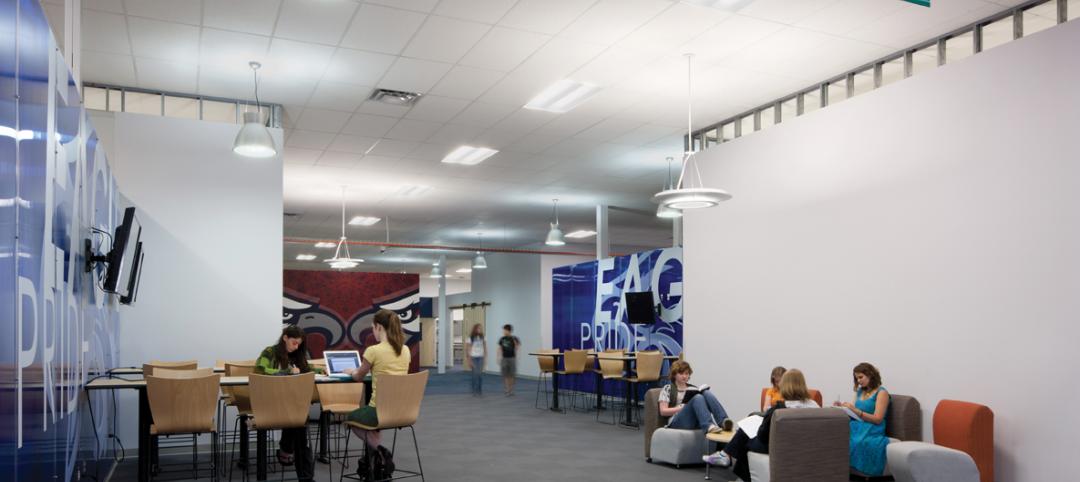Don’t expect to see the roof of Paris’ Notre Dame Cathedral adorned with an infinity pool or a greenhouse filled with exotic plants in the near future.
After a fire destroyed the building’s spire and much of its roof on the evening of April 15, ideas from both professional and amateur architects and designers alike have been presented for how to restore the centuries-old building. While some have been more realistic than others, the French Senate has decided to put a stop to any theorizing of what is to come.
See Also: Notre Dame fire highlights danger of renovating historic structures
The Senate recently approved the restoration bill passed by the French Parliament, but added a clause that states the Cathedral must be rebuilt and restored to its last known visual condition. Additionally, the bill allows work on the project to be completed before the Paris Olympics begin in 2024, a timeframe that some fear is too accelerated and concerned more with politics than careful historical restoration.
Due to the changes made in the bill, the Senate and the Assemblée nationale must now come to an agreement on a version of the bill before it can become law, according to The Local, a European news site.
Related Stories
| Oct 5, 2012
2012 Reconstruction Award Special Recognition: Joplin Interim High School, Joplin, Mo.
At 5:41 p.m. CDT on Sunday, May 22, 2011, an EF5 tornado touched down in Joplin, Mo. In the next 31 minutes, the mile-wide, multiple-vortex tornado, with winds up to 250 mph, destroyed two thousand buildings, including Joplin High and nine other schools.
| Oct 5, 2012
2012 Reconstruction Award Bronze Winner: DPR Construction, Phoenix Regional Office, Phoenix, Ariz.
Working with A/E firm SmithGroupJJR, DPR converted a vacant 16,533-sf one-time “adult-themed boutique” in the city’s reemerging Discovery Triangle into a LEED-NC Platinum office, one that is on target to be the first net-zero commercial office building in Arizona.
| Oct 5, 2012
2012 Reconstruction Award Bronze Winner: Pomeroy Senior Apartments, Chicago, Ill.
The entire interior of the building was renovated, from the first floor lobby and common areas, to the rooftop spaces. The number of living units was reduced from 120 to 104 to allow for more space per unit and comply with current accessibility requirements.










